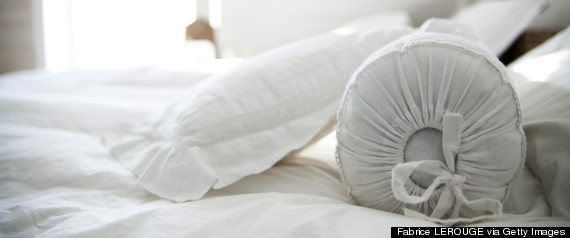Let Fall begin! Especially when you join in on this Knit Along with Judy of Patchwork Times and Denise of Just Quiltin' !
Stain Glass Cowl looks awesome!
- You will need to buy your pattern. It’s $5 USD at Ravelry. You can go to the pattern page (click on link near top of this blog post) and read all about the materials needed so you know in advance if it’s something you want to do.
- You will knit at your own speed. There are no deadlines or finish dates. We do ask that everyone hold off and cast on together on or shortly after September 1. Of course, the chatter and our updates will take place probably over the course of a month or two and then we’ll not be discussing it much.
- The pattern is charted, it is fair isle and there is a provisional cast on. I’m not very experienced at fair isle and I think this looks do-able. If you aren’t familiar with provisional cast on, there are wonderful videos and instructions online. It’s a technique that I really enjoy. Charts .. not so much but they’re a part of knitting so I do them .. and you can too!
- The bind off is either grafting (kitchener) or 3 needle bind off. If you’re not familiar with those, again . . there are lots of videos out there. I’ll probably use the kitchener stitch because I fear dropping stitches with the 3 needle bind off (it’s what we used with Hitofude).
- There will be prizes and you will have to have a Ravelry account in order to claim your prize. The accounts are free and Ravelry is such a great resource for knitters. If you do not have a Ravelry account, you can go there and create your free account.
The designer states on the Ravelry pattern page: “The pattern is written in detail, with links to demos of techniques needed, and the colorwork is charted in large easy-to-read charts.”














